2024 brings a tech revolution with the rise of headless and composable architectures. As businesses adapt to evolving customer demands, traditional systems struggle to keep pace. Headless empowers with flexibility in front-end presentation, while composable intrigues with its modular backend prowess. This duo transforms the entire commerce landscape, catering to unique customer experiences and seamless integrations.
In this dynamic era, staying ahead means embracing the future – it’s the era of headless and composable dominance.
Key Trends in Headless and Composable in 2024
In 2024, the heartbeat of innovation in digital commerce lies in the realm of headless and composable solutions. The landscape is being reshaped by the rise of microservices architecture, the unwavering shift towards API-first design, and the growing preference for cloud-native solutions.
| 64% of enterprises are now leveraging Headless & Composable integration for greater flexibility and speed. |
Businesses are now placing a premium on omnichannel experiences, fuelling the demand for decoupled CMS and personalised user interactions. Embracing these trends unlocks a world where scalability, security, and agility harmoniously coexist, catering to the ever-evolving demands of the digital market.
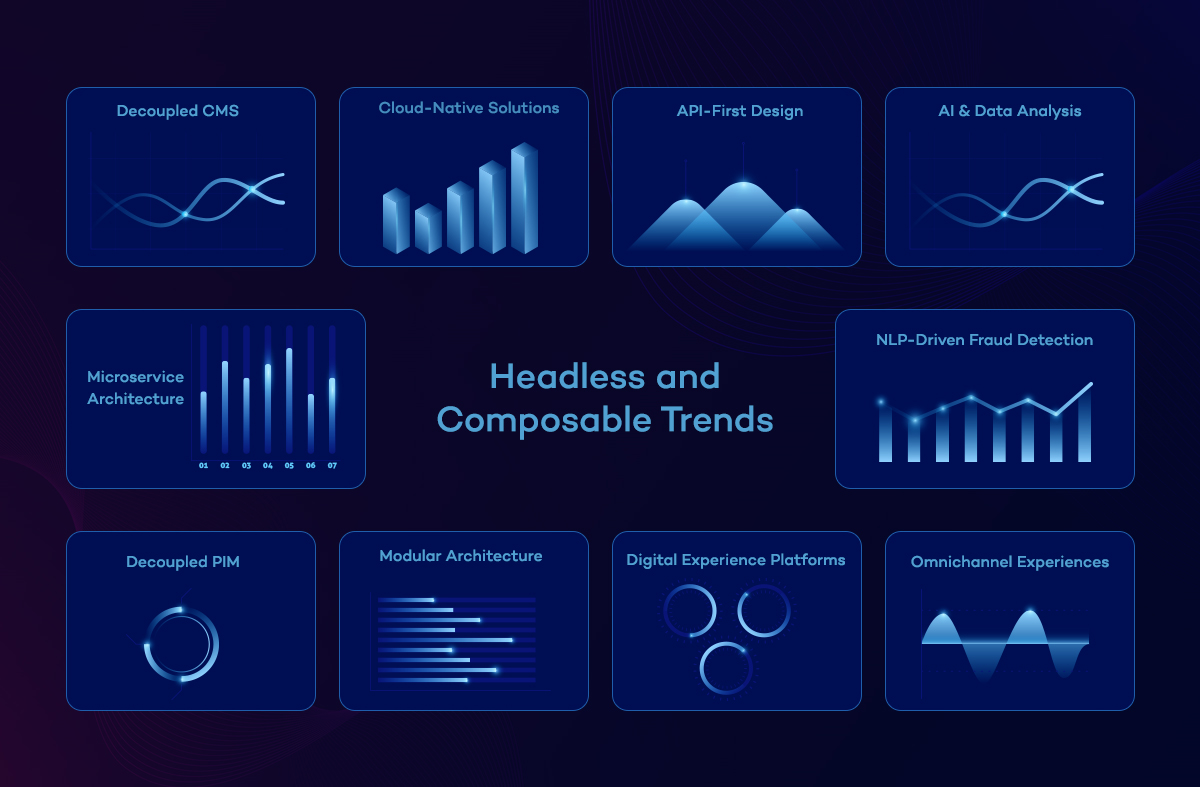
1. Rise of Microservices Architecture
The shift towards microservices architecture marks a pivotal transformation in digital flexibility and scalability. By breaking down applications into individual services, businesses can swiftly adapt to customer demands and technological advancements. This agile approach enhances performance, simplifies integrations, and eases maintenance, allowing companies to strategically build their tech stack for the dynamic digital market. As a result of which, over 90% of organisations have adopted or plan to adopt microservices.
2. Increasing Adoption of API-First Design
Businesses are increasingly adopting the API-first approach to unlock enhanced customer experiences. Prioritising APIs in design processes allows seamless integrations and personalised interactions between front-end and back-end systems. This trend revolutionises system interactions, offering unparalleled flexibility and scalability to meet evolving customer demands. Companies adopting API-first design are 30% more likely to deliver projects on time and within budget.
3. Cloud-Native Solutions Gaining Ground
Cloud-native solutions are becoming the norm, bringing flexibility, scalability, and resilience to the digital world. Developers can craft adaptable apps that evolve with technological changes, providing a robust online presence ready to tackle future challenges. The allure of cloud-native solutions is drawing widespread attention and adoption. Migrating your business to the public cloud can reduce your Total Cost of Ownership (TCO) by as much as 40%
4. Emphasis on Omnichannel Experiences
Businesses now focus on delivering seamless omnichannel experiences, ensuring cohesive customer journeys across websites, mobile apps, social media, and in-store interactions. Leveraging headless and composable technologies unifies brand presence across platforms, boosting customer satisfaction, brand loyalty, and conversion rates. Meeting customer expectations across channels is essential in today’s digital landscape. Companies with exceptionally strong omnichannel customer engagement retain an average of 89% of their customers.
5. The Shift Towards Decoupled CMS
Decoupled CMS is gaining traction, offering flexibility and efficiency by separating content creation from presentation. This approach allows centralised content management while delivering it across various platforms dynamically. It enables personalised user experiences, meeting the evolving demands of the digital market. The Headless CMS market is on a growth trajectory, projected to reach $3.8 billion by 2032.
6. Personalisation Through Headless Technologies
Personalisation through headless technologies allows businesses to tailor content based on user behaviour, creating unique experiences for each visitor. Leveraging data insights and AI, businesses can deliver dynamic content that adapts to individual preferences, enhancing engagement and loyalty in the fast-paced digital era. 76% of brands report that headless architecture enables them to customize digital experiences and touchpoints for individual users.
7. Scalability with Composable Commerce
Composable commerce provides scalability, enabling businesses to adapt swiftly to customer demands. This approach allows operations to expand effortlessly, with a dynamic toolkit that adjusts to evolving needs. Flexibility and scalability are seamlessly integrated, making business growth a dynamic reality. 99% of retailers have either adopted or are planning to adopt a composable approach to commerce today.
8. Enhanced Developer Experience and Agility
Enhanced developer experience is crucial for agility in tech. Composable architectures enable developers to adapt quickly to customer demands, integrating various platforms to create unique experiences efficiently. Modular architectures and best practices streamline innovation, driving business growth in the digital market.
9. Security Improvements in eCommerce
eCommerce security is advancing with new encryption techniques and robust authentication methods. Businesses are using NLP-driven fraud detection and AI-powered security protocols to stay ahead of cyber threats. Prioritising data privacy and secure payment gateways builds customer trust, essential for sustainable growth in the digital landscape.
10. Innovations in Digital Experience Platforms (DXPs)
89% of businesses expect to primarily compete on customer experience. Digital experience platforms (DXPs) are evolving to create unique and immersive customer journeys. These platforms are now focused on adapting to diverse business needs, offering capabilities from single vendors to enhance business growth. Innovations in DXPs cater to the constantly changing digital market, ensuring businesses meet customer expectations effectively.


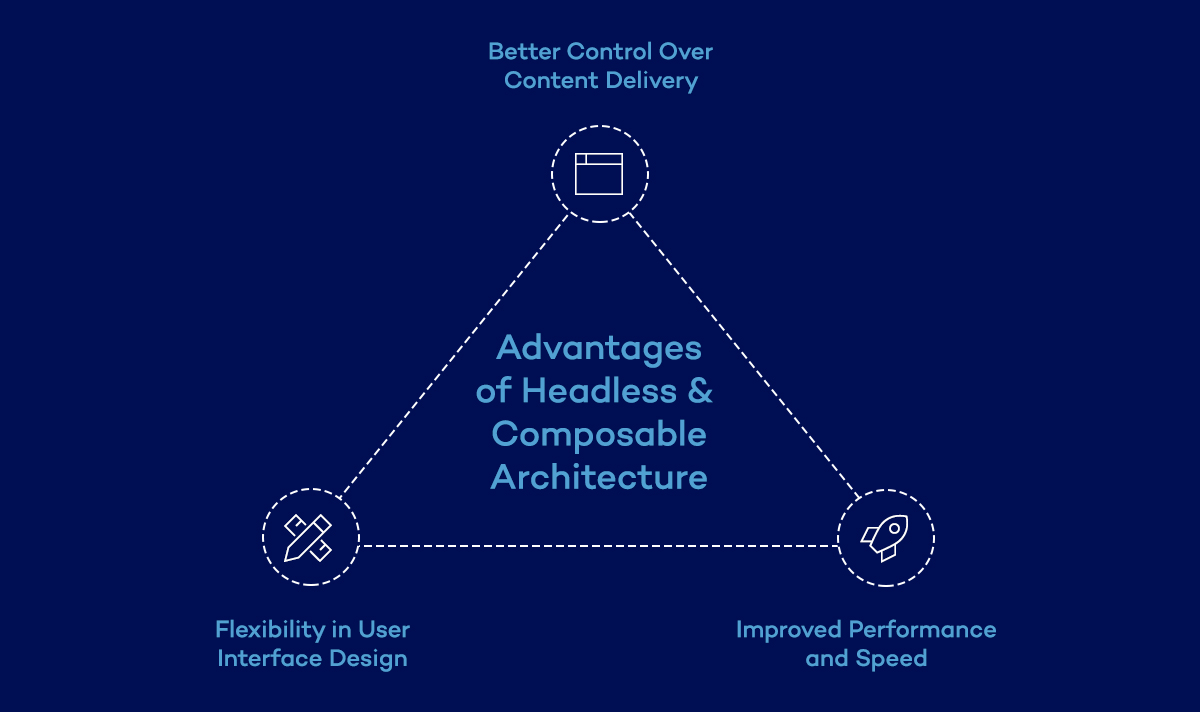
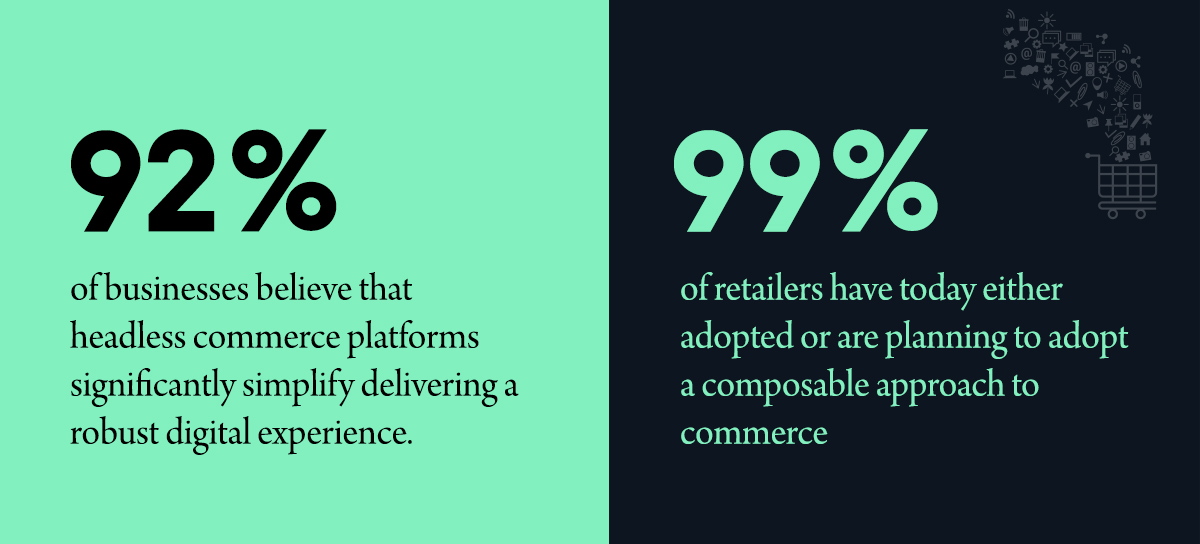
































































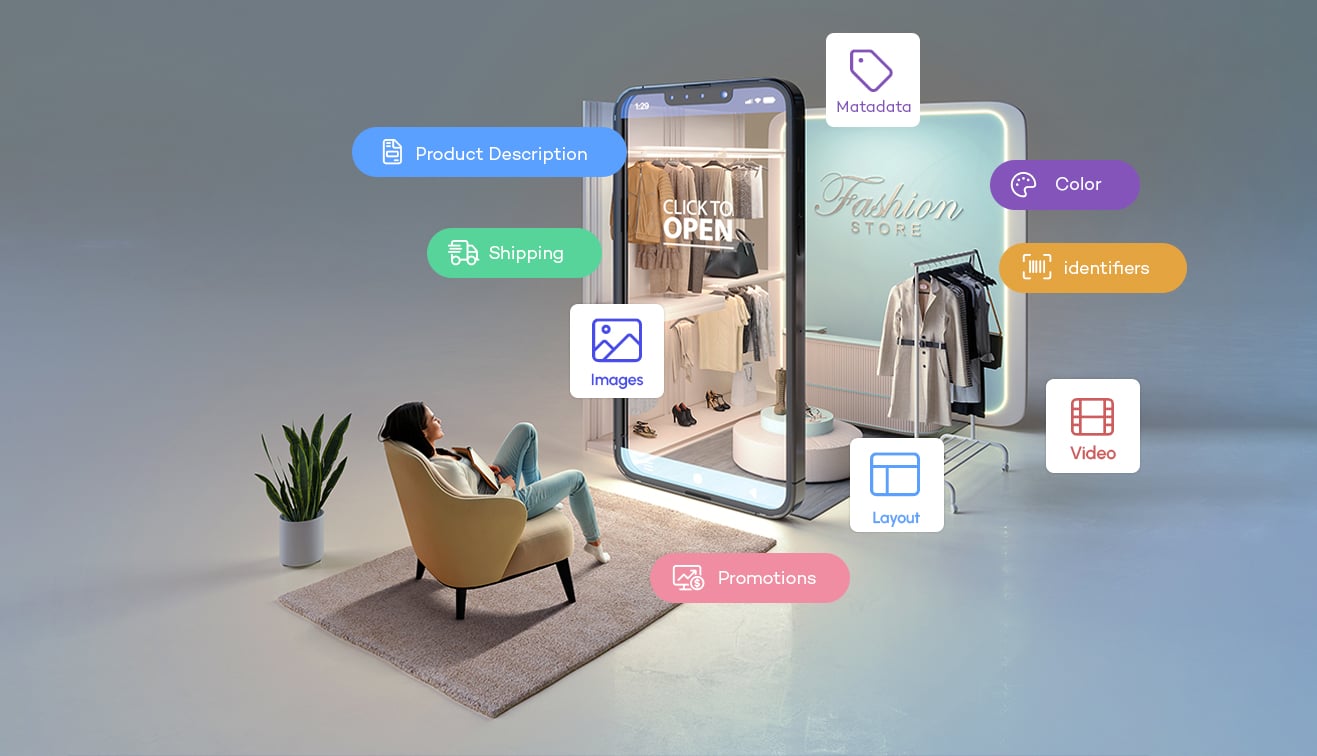





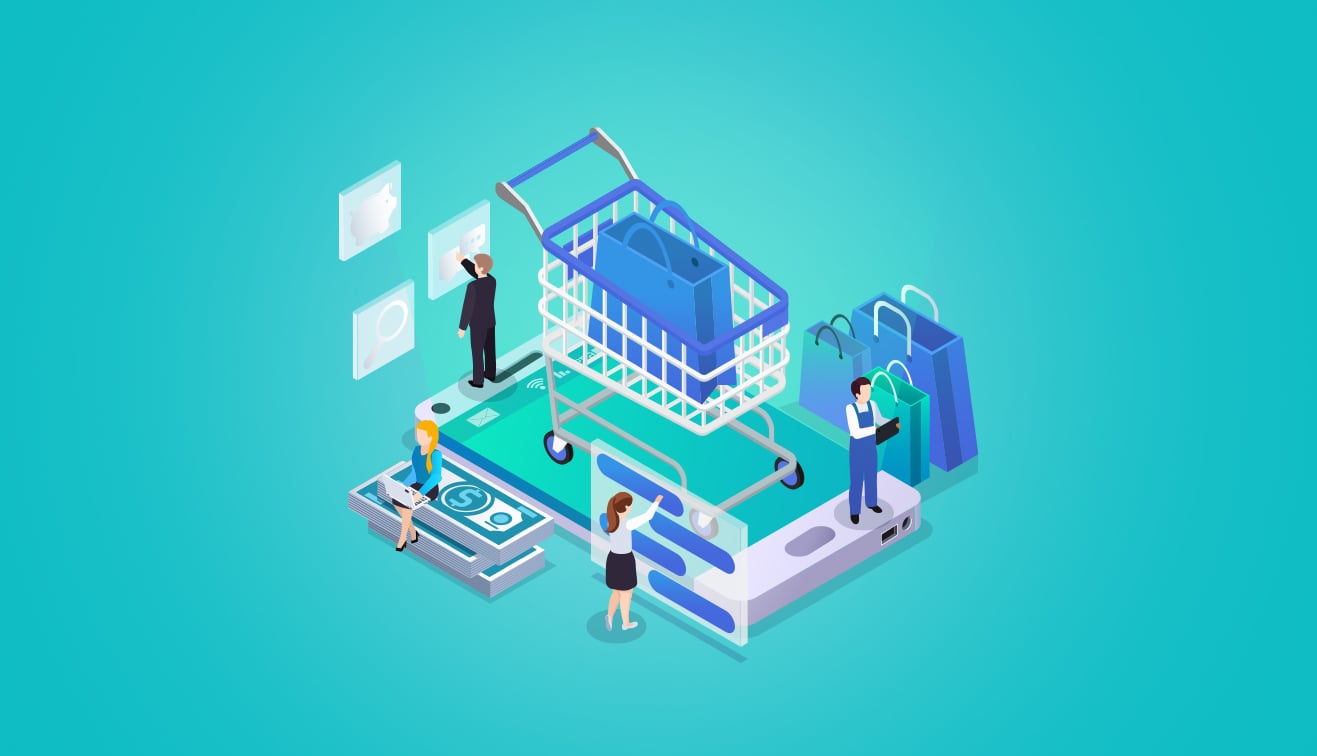
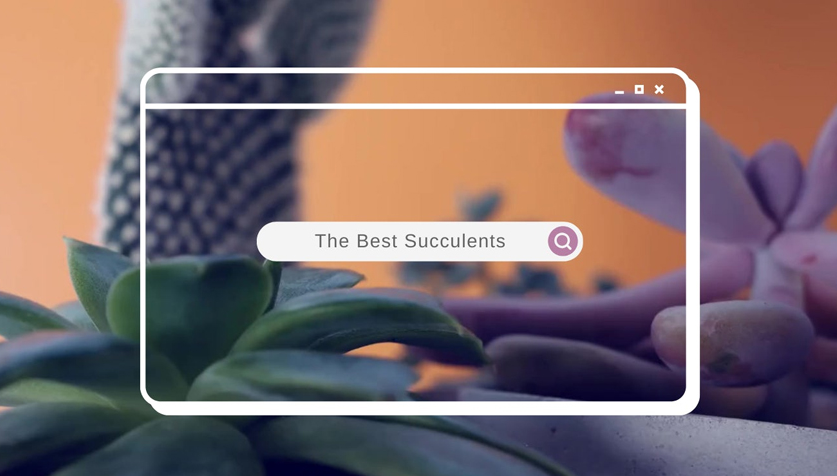
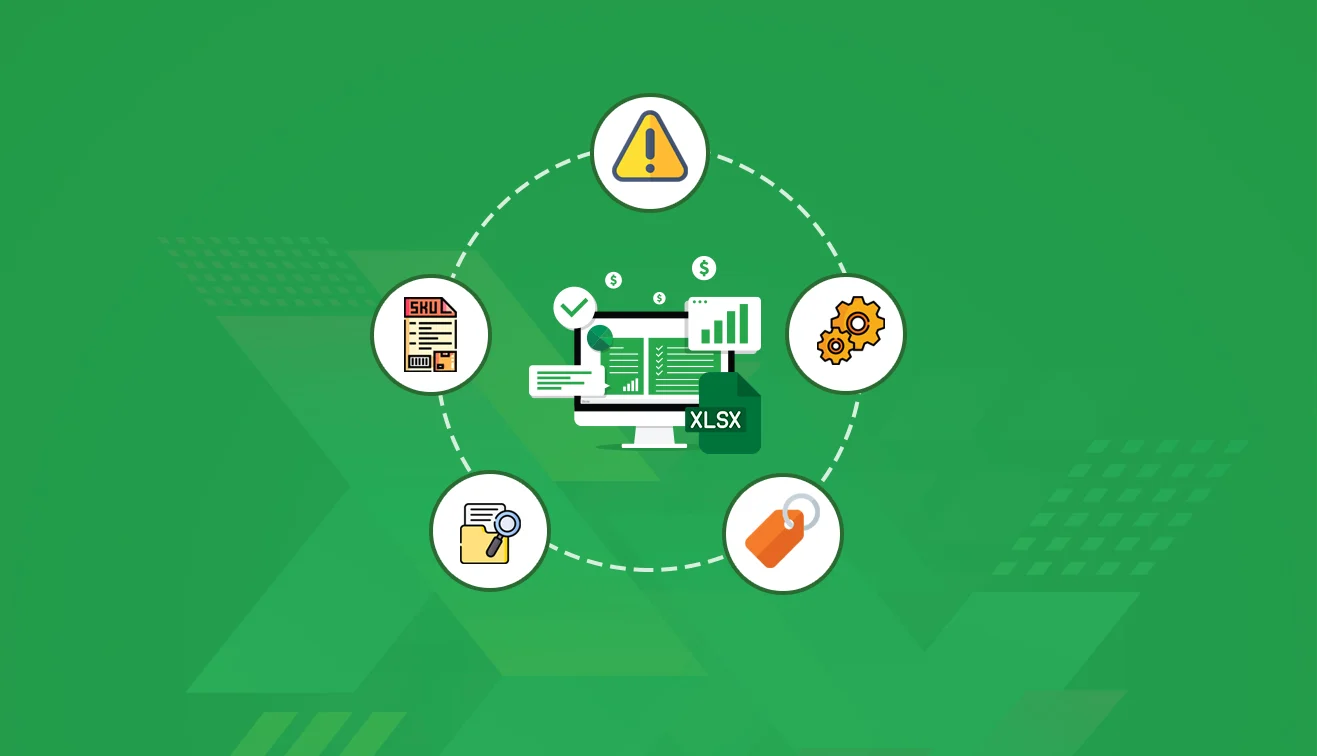

.jpg?w=3840&q=75)
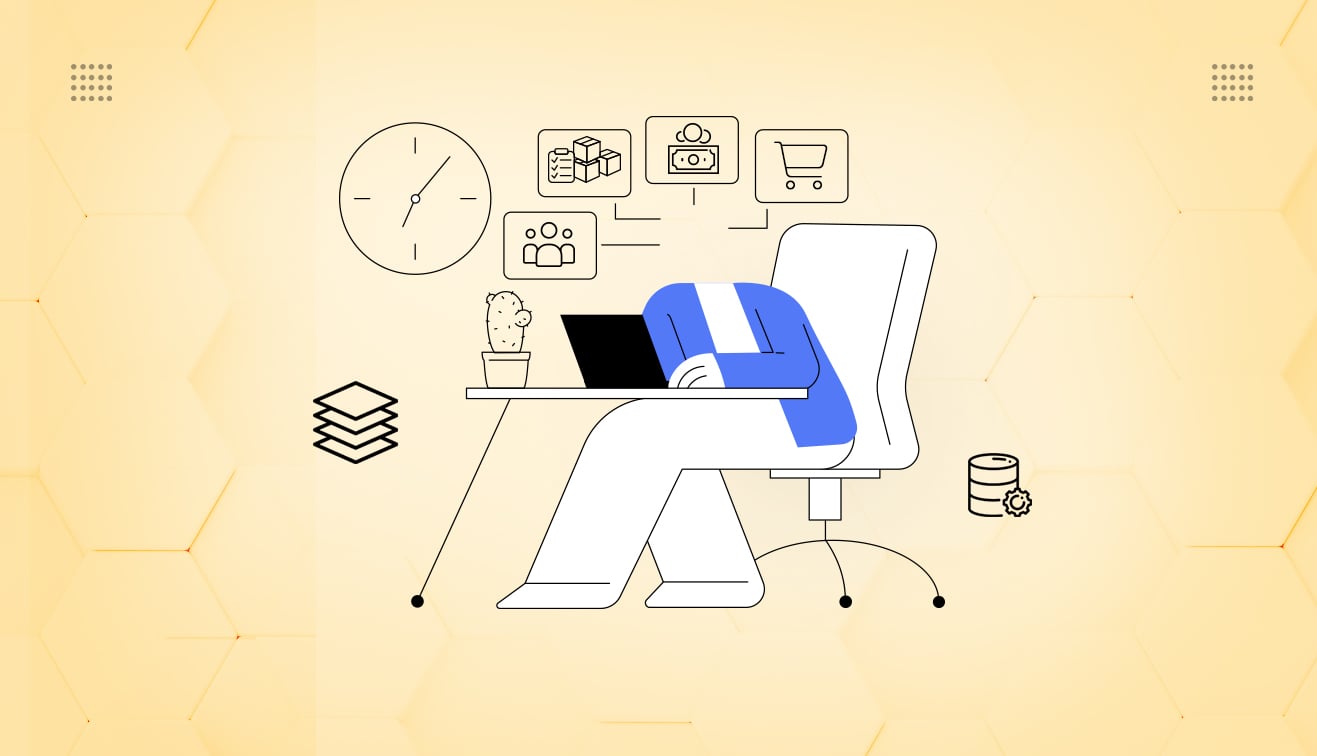

.png?w=3840&q=75)
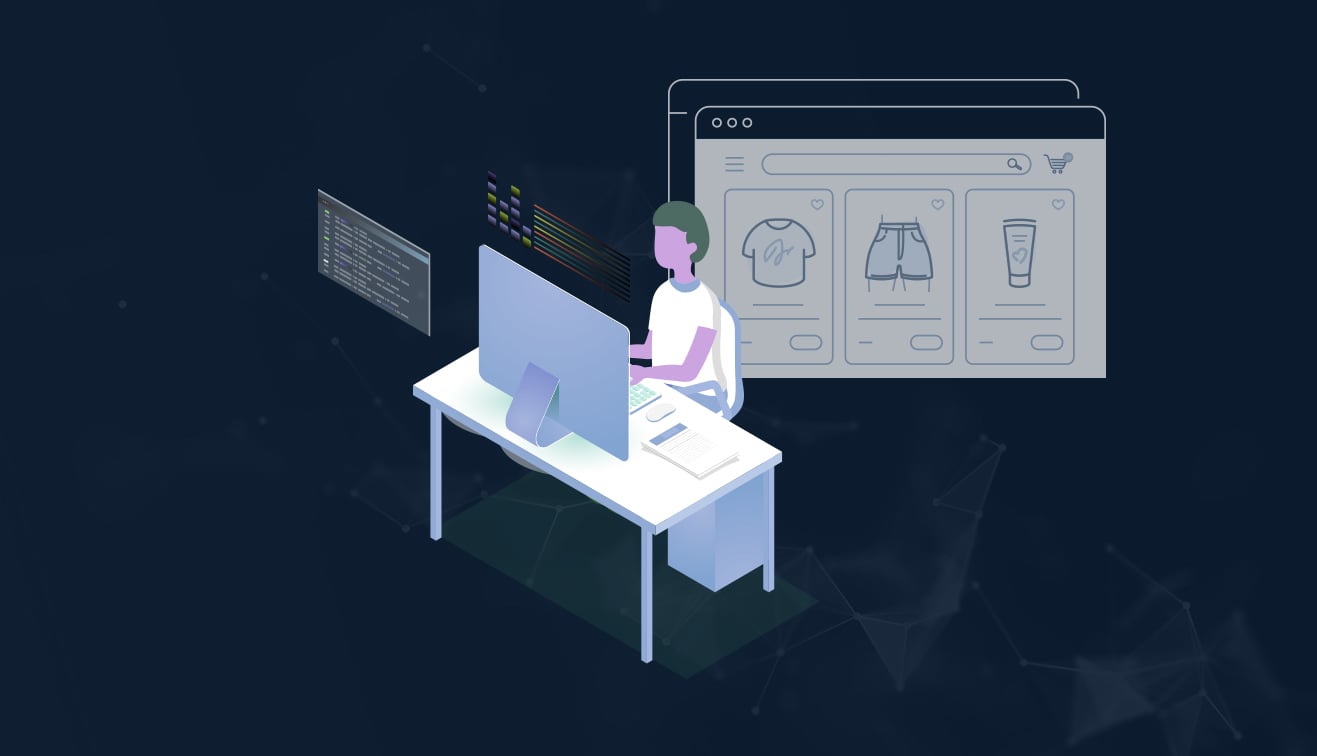



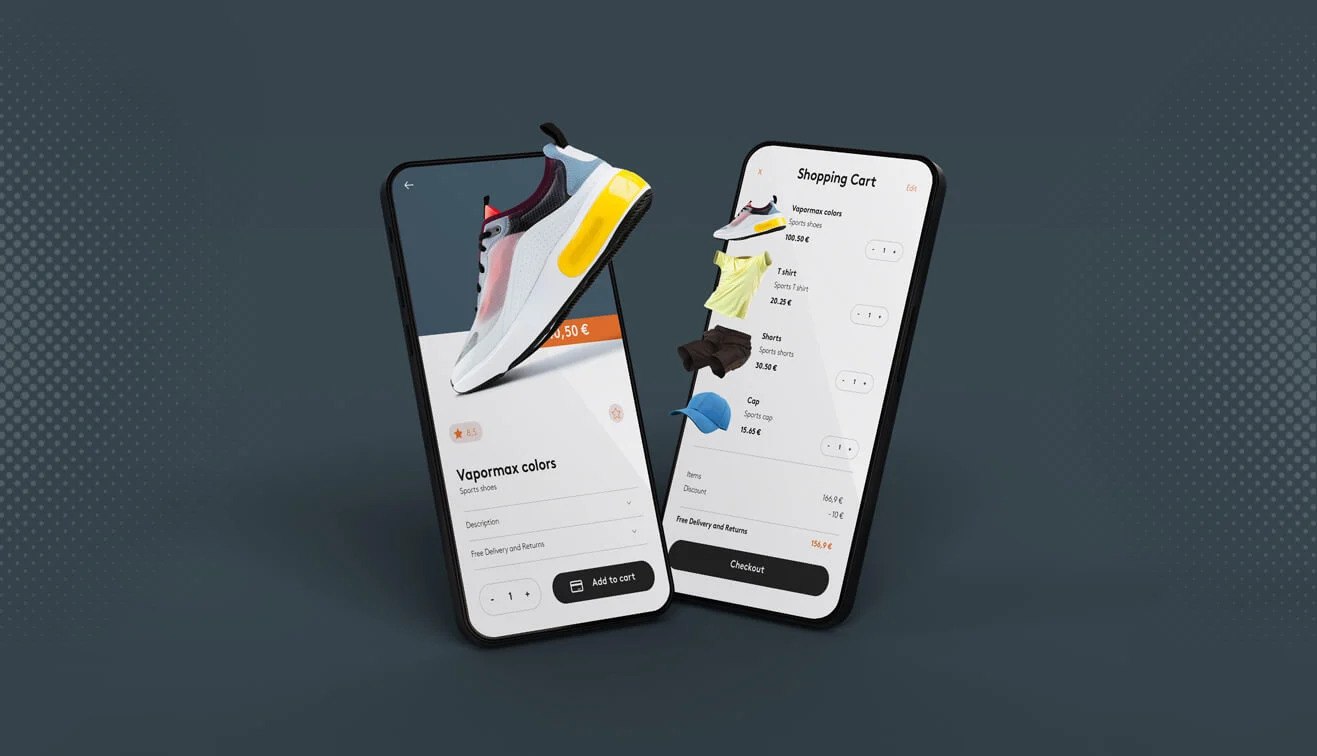
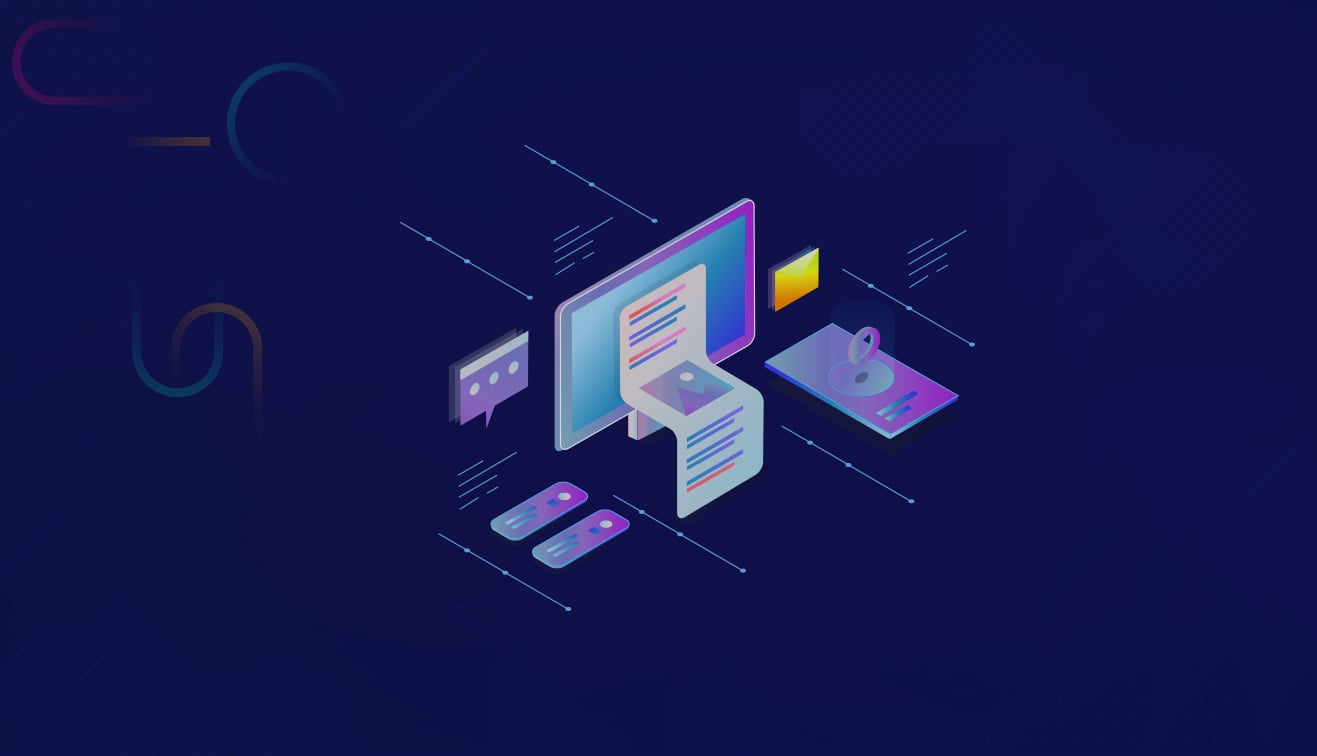


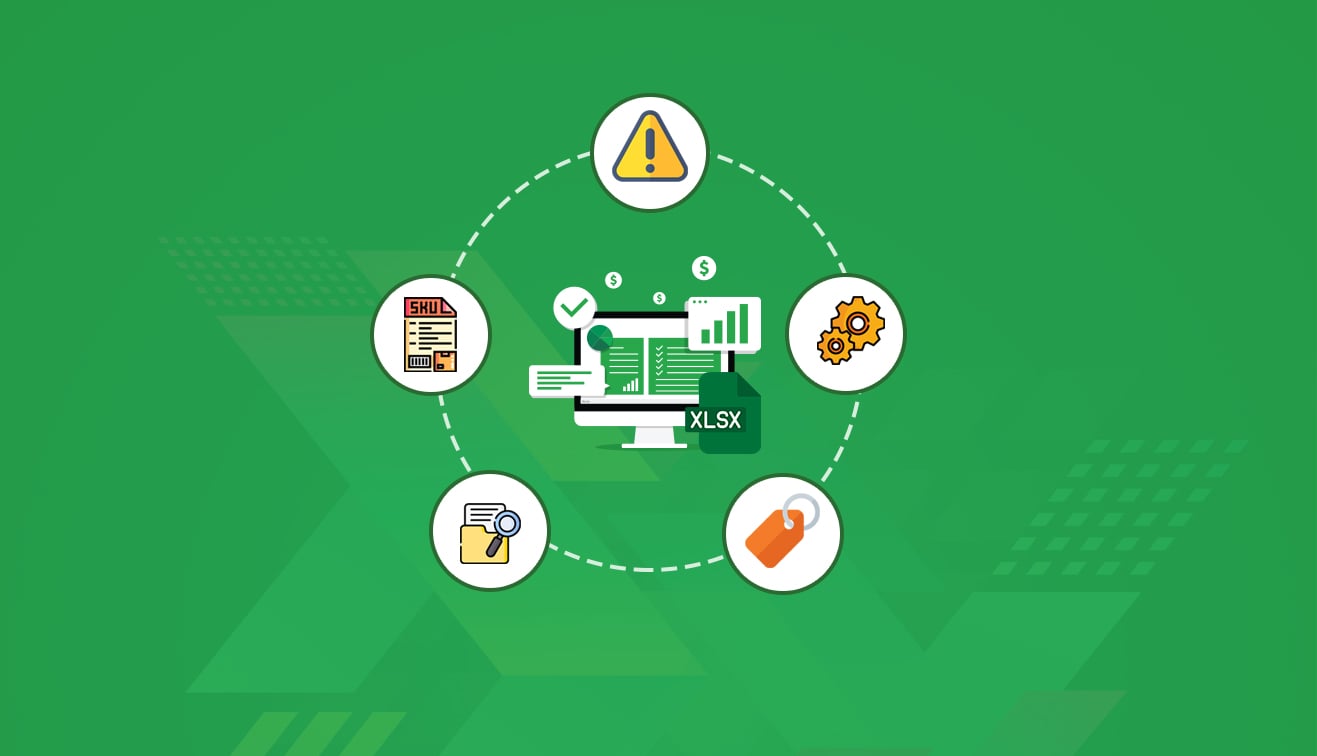
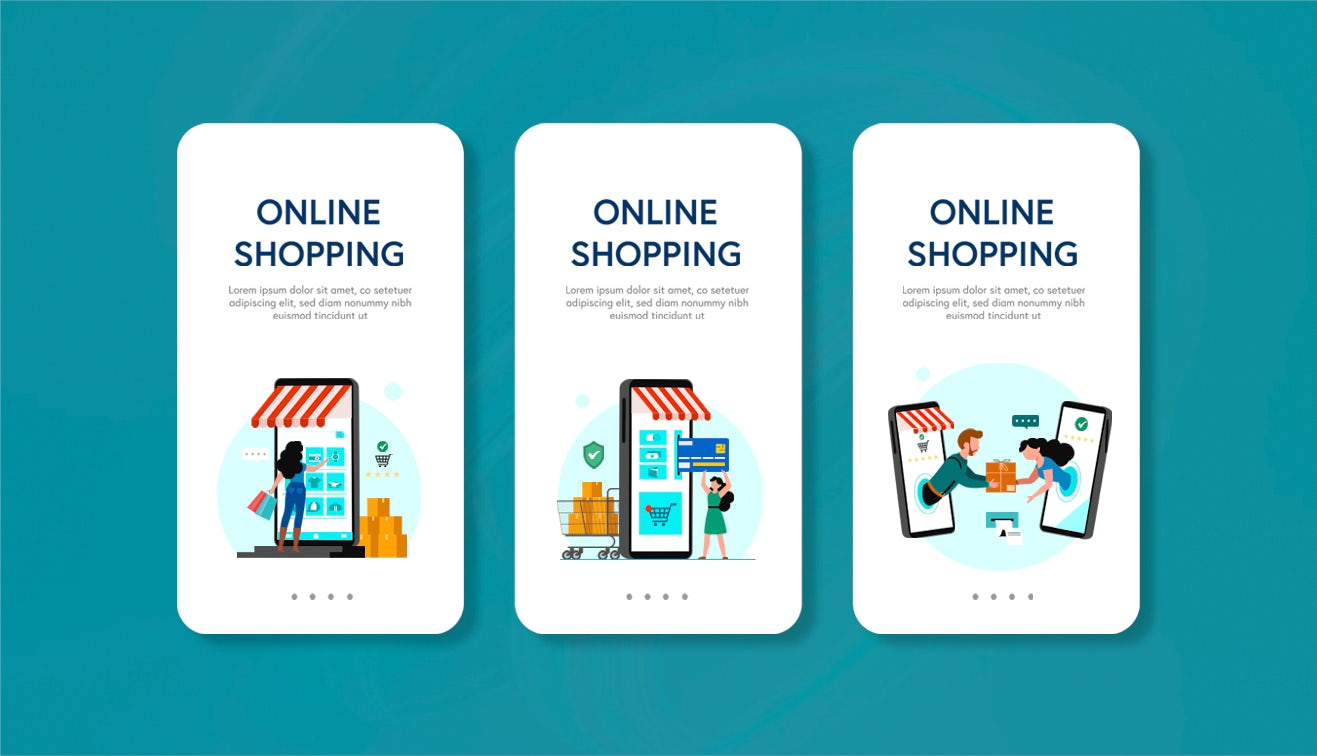
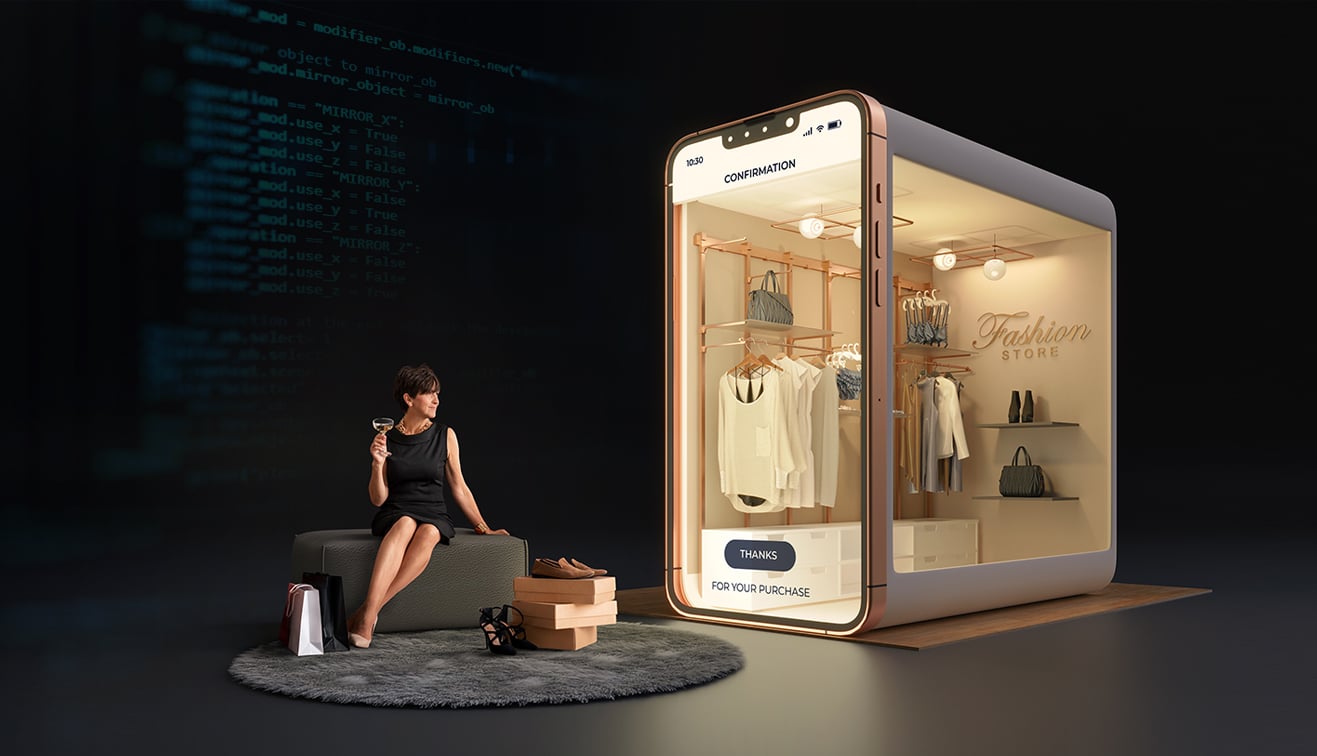
.jpg?w=3840&q=75)

